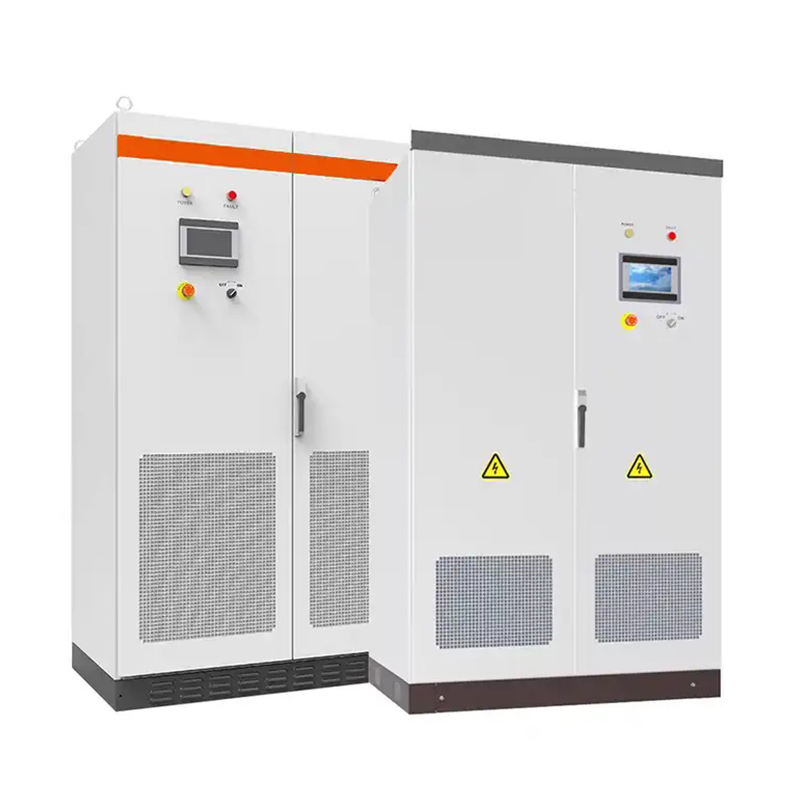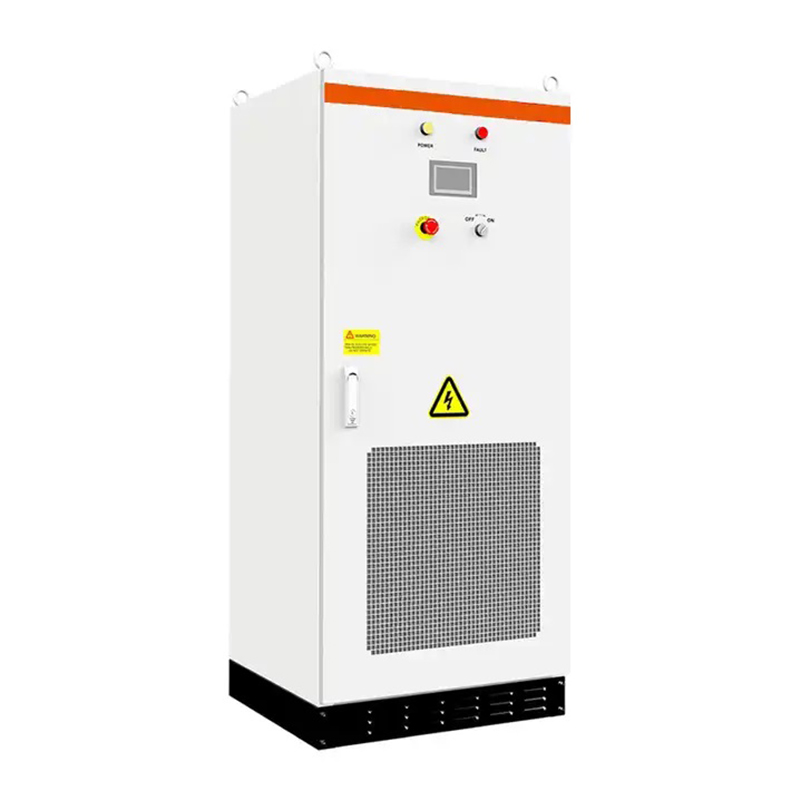In the rapidly evolving world of energy management, industrial and commercial energy storage inverters play a key role in optimizing energy usage and improving operational efficiency. These advanced devices are essential for converting and managing a variety of energy sources, ensuring that businesses can effectively utilize renewable energy. As the demand for sustainable energy solutions grows, understanding the components and functions of these inverters is essential for businesses looking to invest in energy storage systems.
Industrial and commercial energy storage inverters are composed of four core modules: power electronic conversion module, control and protection module, auxiliary system and key peripheral components. Each module has its specific purpose, and they work together to ensure that the inverter operates efficiently and reliably. The power electronic conversion module is responsible for converting the direct current (DC) from the energy storage system into the alternating current (AC) required for commercial applications. At the same time, the control and protection module ensures that the inverter operates within the safety parameters, prevents damage and optimizes performance.

The design, assembly and commissioning of industrial and commercial energy storage inverters are critical processes that require meticulous attention to detail. Customization is often necessary to meet the unique energy needs of different companies, so it usually takes 15-20 days to customize the inverter according to specific needs. This customization process not only improves the performance of the inverter, but also ensures compatibility with existing energy systems, which is critical for companies that want to seamlessly integrate energy storage solutions.

In addition, the auxiliary systems and key peripheral components of industrial and commercial energy storage inverters contribute greatly to their overall functionality. Auxiliary systems include functions such as cooling mechanisms and communication interfaces, which are essential for maintaining optimal operation and facilitating interaction with other energy management systems. Key peripheral components such as transformers and circuit breakers further enhance the functionality of the inverter, ensuring that it can effectively handle changing loads and energy inputs.
All in all, industrial and commercial energy storage inverters are an indispensable tool for businesses seeking to improve energy efficiency and sustainability. By understanding the importance of core modules and customization, businesses can make informed decisions when investing in energy storage solutions. As the demand for renewable energy continues to grow, the role of these inverters will become even more important, so it is critical that businesses stay ahead of the curve in energy management technology. Investing in high-quality industrial and commercial energy storage inverters will not only improve operational efficiency, but also contribute to a greener future.
Post time: Apr-11-2025

